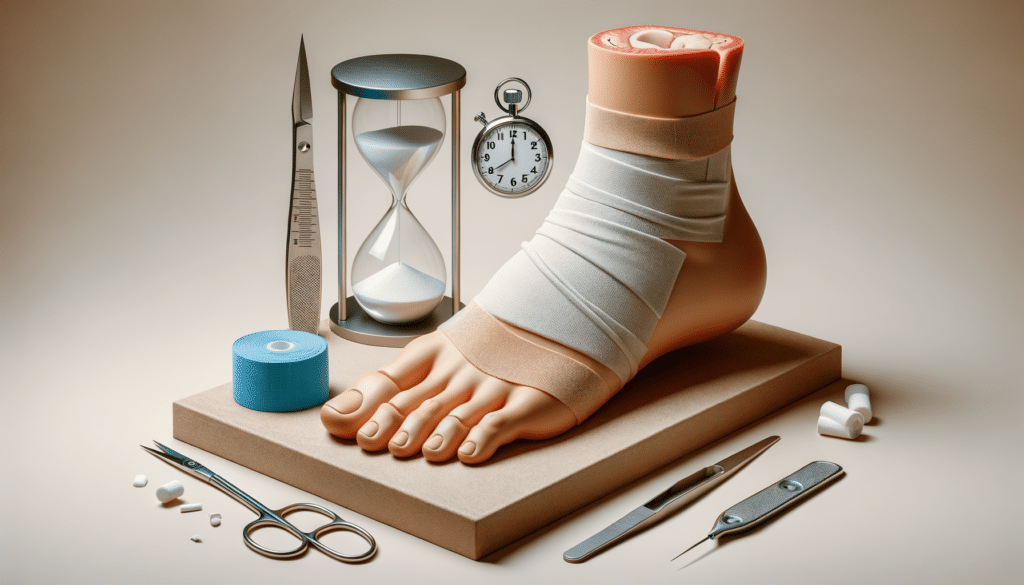Doctor for Bunion Surgery: Knowing When to Seek Help
Bunions, those bony bumps that form on the joint at the base of your big toe, can be more than just a cosmetic concern. They can lead to significant discomfort and, if left untreated, may cause other foot-related issues. So, when is it time to consult a doctor for bunion surgery? The decision often depends on the severity of your symptoms and the impact on your daily life. If you experience persistent pain, especially when wearing shoes, or if the bunion is affecting your ability to walk, it might be time to seek professional advice. A doctor specializing in foot and ankle conditions can assess the extent of the bunion and recommend appropriate treatment options. They may suggest surgery if conservative measures, like orthotics or changes in footwear, have failed to provide relief.
Consulting a healthcare professional can help you understand the potential benefits and risks of surgery, as well as explore alternative treatments. Early intervention can prevent the progression of the condition and lead to better outcomes. Remember, the goal is not just to alleviate pain but also to restore functionality and improve your quality of life.
Benefits of Bunion Surgery: A Step Towards Comfort
Bunion surgery, also known as a bunionectomy, offers several benefits for those suffering from severe bunions. One of the primary advantages is pain relief. By realigning the joint and removing the bony protrusion, surgery can significantly reduce discomfort. This can lead to improved mobility and the ability to engage in activities that were previously too painful.
Another benefit is the correction of deformity. Bunions can cause the toes to misalign, leading to further complications like hammertoes or metatarsalgia. Surgery addresses these issues, helping to restore the natural shape of the foot. This not only improves the foot’s appearance but also enhances its function.
Moreover, bunion surgery can prevent the progression of the condition. Untreated bunions can worsen over time, leading to chronic pain and other foot problems. By addressing the issue surgically, patients can avoid these complications and enjoy a better quality of life.
Newest Procedure for Bunions: Innovations in Treatment
The field of bunion surgery has seen significant advancements in recent years, with new procedures offering promising results. One such innovation is minimally invasive bunion surgery. Unlike traditional open surgery, this technique involves smaller incisions, which can lead to less scarring and a quicker recovery time.
Minimally invasive surgery uses specialized instruments to realign the bones and correct the bunion. The benefits of this approach include reduced pain post-surgery, a lower risk of infection, and a faster return to normal activities. Patients often appreciate the cosmetic advantage of smaller scars, which can be a concern with traditional methods.
As with any medical procedure, it’s essential to discuss the options with a qualified healthcare provider. They can provide insights into whether you’re a suitable candidate for this type of surgery and what you can expect during the recovery process. Staying informed about the latest developments ensures you make the best decision for your health and well-being.


